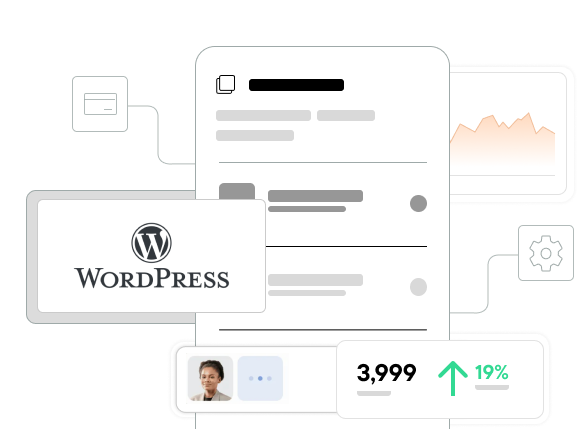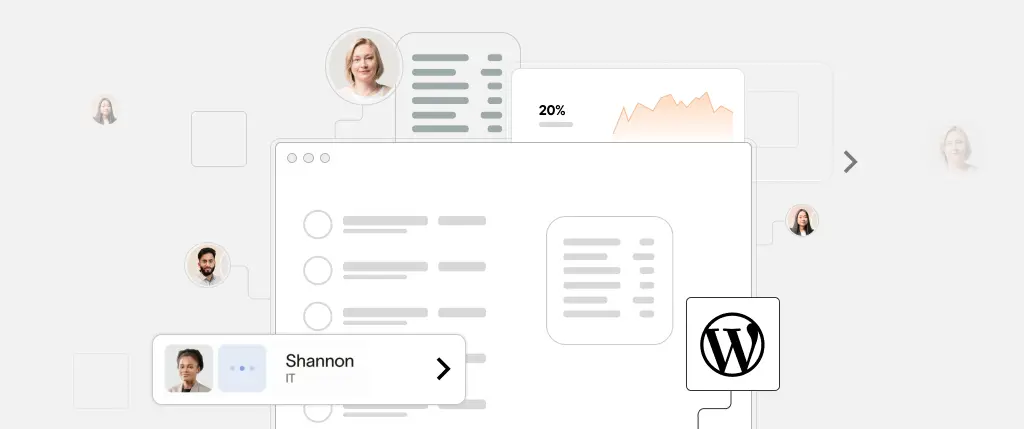Core Web Vitals in WordPress are more important than ever in 2025. If your site isn’t fast, stable, and responsive, you’re not just losing SEO rankings—you’re losing users. With Google now using Interaction to Next Paint (INP) as a core metric, it’s time to get serious about optimizing WordPress performance.
In this guide, we’ll explain what Core Web Vitals are, what’s changed in 2025, and how to optimize Core Web Vitals in WordPress effectively. We’ll also explore how Sitebox can streamline performance across multiple WordPress sites.
What Are Core Web Vitals in WordPress?
Core Web Vitals are Google’s official signals for measuring real-world user experience. In WordPress, these metrics can be heavily influenced by themes, plugins, JavaScript, and server performance. As of 2025, they include:
| Metric | What It Measures | Good Score |
|---|---|---|
| LCP (Largest Contentful Paint) | Load Speed | ≤ 2.5s |
| INP (Interaction to Next Paint) | Interactivity | ≤ 200ms |
| CLS (Cumulative Layout Shift) | Visual Stability | ≤ 0.1 |
You can assess these using:
- PageSpeed Insights
- Lighthouse (Chrome DevTools)
- Web Vitals browser extension
What’s New for Core Web Vitals in WordPress in 2025?
1. FID Replaced by INP
As of March 2024, INP replaced FID (First Input Delay) as a Core Web Vital. Unlike FID, which only measured the first interaction delay, INP measures all user interactions and focuses on the worst-case scenario.
To improve INP in WordPress:
- Reduce long JavaScript tasks
- Use web workers for heavy scripts
- Defer non-essential JavaScript
2. JavaScript Optimization Is Critical
In 2025, bloated JavaScript is still the #1 cause of poor Core Web Vitals in WordPress. Use tools like Lighthouse to analyze your scripts.
Tips:
- Replace jQuery if possible
- Load third-party scripts asynchronously
- Eliminate unused code from plugins/themes
3. Fonts Must Load Efficiently
Custom fonts can delay LCP and cause CLS if not optimized.
Use this in your header:
<link rel="preload" href="/fonts/your-font.woff2" as="font" type="font/woff2" crossorigin>And in CSS:
@font-face {
font-family: 'Open Sans';
src: url('/fonts/open-sans.woff2') format('woff2');
font-display: swap;
}4. Responsive Images Are Non-Negotiable
Modern formats and responsive loading are required for Core Web Vitals in WordPress.
Best practices:
- Use WebP or AVIF formats
- Add
widthandheightto prevent layout shifts - Use
loading="lazy"on images
Code Examples to Improve Core Web Vitals in WordPress
Defer JavaScript
Add to your functions.php:
function defer_parsing_of_js($url) {
if (is_admin() || strpos($url, '.js') === false) return $url;
return str_replace(' src', ' defer src', $url);
}
add_filter('script_loader_tag', 'defer_parsing_of_js', 10);Reserve Space for Images
<img src="banner.jpg" width="1200" height="500" alt="Banner Image">Best Practices for Core Web Vitals in WordPress
✅ Choose Lightweight Themes
Go for performance-optimized themes like GeneratePress, Astra, or Blocksy.
✅ Minimize Plugins
Audit regularly. Every plugin adds overhead.
✅ Use Built-in Lazy Loading
Since WordPress 5.5, it’s native—make sure plugins don’t override it.
✅ Compress and Convert Images
Use Smush, ShortPixel, or CDN solutions to serve optimized images.
✅ Improve Server Response Time
- Use object caching
- Implement edge caching/CDNs
- Upgrade to PHP 8.2+
- Optimize database queries
How Sitebox Helps Optimize Core Web Vitals in WordPress
Manual optimization is fine for one site—but not for 10, 100, or 1,000. Sitebox automates and scales your Core Web Vitals strategy across all your WordPress properties.
Why Sitebox?
- 🔧 Performance Blueprints: Configure once, deploy everywhere
- 🚨 Real-Time Monitoring: Track LCP, INP, CLS from a single dashboard
- 📦 Version-Controlled Rollouts: Push optimizations with Git-style workflows
- 🌍 Edge-Side Caching & Preloading: Fast TTFB and optimized user journeys
Whether you’re an agency, publisher, or enterprise, Sitebox ensures Core Web Vitals in WordPress stay optimized—at scale.



